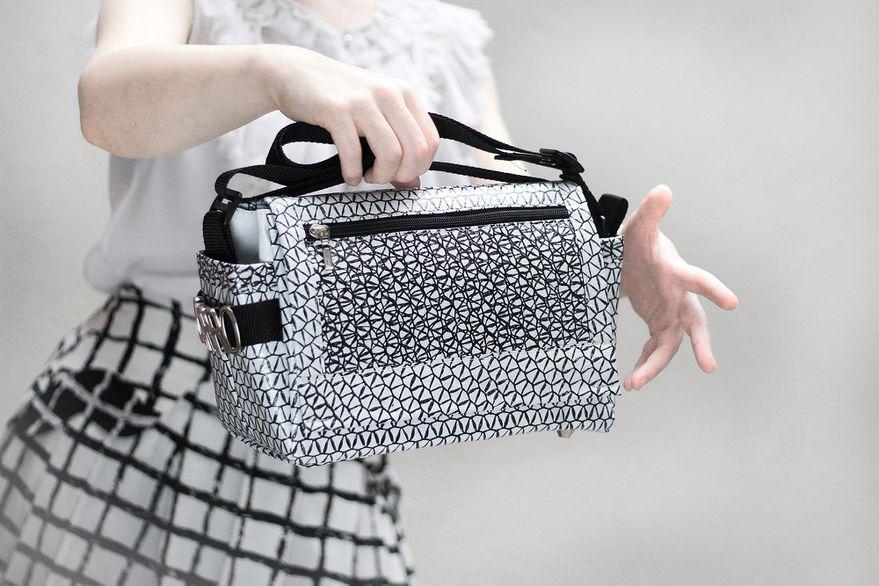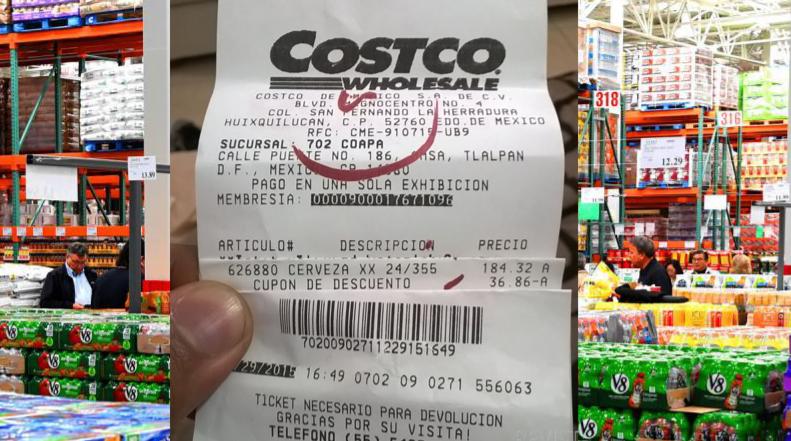Fashion: the materials of the future are fungi and plastic waste
Materials mark times. This was the case with Bakelite at the beginning of the 20th century, nylon in the 1940s, and plastic –in its multiple and different variants– from the 1960s. Currently, some of these examples are already directly prohibited and others are increasingly neglected. This is mainly due to the harmful impact they have on the environment, and because of the imperative that arises in terms of new ways of living, and in them of eating, dressing, traveling and communicating, among other issues.
Of course, in the midst of this transition between the already well-known developments and the less used ones, other materials appear, outlined as the protagonists of a not so distant future. And it is precisely before this prognosis that new concerns arise: Can they already be used? How are they made up? What are they for? Will they be used in accessible products? Or will they be only for a few? Will they replace the previous ones?
In the first place, it must be considered that there are already innovations in terms of two large groups: on the one hand, there are biofabricated products –those produced by living cells and microorganisms such as bacteria or yeast– and, at the same time, those that arise from industrially recycled discards to give life to a new material.
The mycelium is one of those that is in vogue, it was first used in food and cosmetics, and now it is also present in the fashion sector. This is how the renowned consulting firm WGSN anticipates it, in its report on trends with a view to 2021 and years to come. What is it about? It is a material similar to leather, developed precisely from the mycelium, which is the underground network that forms the vegetative part of fungi, key to regenerative agriculture and carbon absorption. It is already being used in accessories, clothing and footwear, among other objects. Proof of this is that Stella McCartney – a pioneer brand in stopping using leather, feathers and fur and promoting the use of new materials – incorporated Mylo, produced by Bolt Threads, in accessories that it launched in 2019 and now it has done it again in designs clothing with a lingerie appearance and at the same time sporty. "Totally unique and free of animal cruelty, these garments symbolize a future in which no one will have to compromise style for sustainability," announced the firm, led by the British designer, who used this development to make a bodice and pants. Although they are not yet commercialized, they represent a step forward in the clothing market, as well as a challenge both in production and in the consumption proposal.
Also in the luxury market, there are other companies that have begun to opt for this type of innovation that links nature and technology. This is what Hermès does with the brand new reversal of the Victoria bag, made in Sylvania, a new material based on Fine Mycelium, developed by the North American company MycoWorks. And although this item is not yet available in the firm's stores, it is expected to be on sale by the end of the year. Furthermore –although it is a sumptuous product that is inaccessible to most people– what is valuable is also in the symbolic, if one considers that the legendary French house, renowned for its traditional leather designs, now makes the theme visible and highlights the fashion agenda the need to incorporate new materials.
How to Make a Hot Soothing Lemon Drink https://t.co/06eQ15jNtr
— Ementes Technologies Mon May 11 07:38:46 +0000 2020

Locally
In Argentina, there is Fungipor, the venture founded by Ayelén Malgraf, a biologist graduated from the National University of Córdoba, who also works based on fungi. She first dedicated herself to agroecological edible production, to later focus on achieving a material that does not harm the environment and that, in addition, constitutes an alternative to expanded polystyrene (popularly known as styrofoam) and single-use plastics. "I define it as a biomaterial grown from biological organisms, semi-solid, shock resistant, thermal and acoustic insulating, that can be molded and can replace the one used in packaging," she says. Fungipor was initially used to manufacture packaging elements, although it also has potential for the design and construction industry. Something else: not only can it be grown in any size and shape, but it is completely compostable. Its resistance increases as the size of the substrate particles decreases and the durability tests carried out indoors show that it already exceeds two years without undergoing modifications. "I imagine many more developments, new biofabricated materials from bacteria, yeasts and fungi - analyzes Malgraf, who specialized in Mycology at the Research Institute for the Chemical Industry of the National University of Salta (INIQUI-UNSA) - and I think that the future will be designed and inspired by natural systems, such as cultivation machines, where materials will grow by themselves”.
Circulars
Other new materials that are becoming more and more relevant are those derived from plastic waste to later be reused in new developments. An example of this is Econyl, manufactured by the Italian firm Aquafil, from fishing net and carpet waste, subsequently subjected to a special process to return the original nylon components. The fact is that this new thread can be infinitely recreated and remodeled without losing its functionality and resistance. It has already been used by Gucci for a line of circular designs called “Gucci off the Grid”. This sustainable collection, which aims to reduce the carbon footprint, is made up of bag, fanny pack and backpack models, among other products. The Econyl was also incorporated into the production of Longchamp and Prada, among other international brands, and is used by the Isla de Lobos swimwear firm of Argentina's Sofía Curi.
In this scenario, we must also consider the option of materials obtained in an artisanal way. That is what Guillermina Balsells and Silvina Can do, owners of Carro, the brand specializing in bags, wallets and purses. The idea arose during a trip that the designers, graduates of the University of Palermo, made to New York. There they ran into the discarding of the usual protection network in construction sites. To this material they added waste from silo bags, and from a thermofusion process they obtained the so-called Renet. “A resistant, lightweight material that is easy to clean, waterproof and 100% made from recovered plastics,” explains Can. Which has benefits? “It is created through the use of simple technology, and although the process we carry out is very traditional, more than anything in the part of classification and cleaning of discards, it is a material that can be generated on a large scale and does not have production limit,” he says. functionality? It goes beyond the design of bags and the like, Can recognizes that the possibilities of use are very varied, because it is also suitable for upholstery and interior design. In addition, as it is made up of a multilayer of recovered plastics, it obtains greater resistance and becomes practically unbreakable. "The design of the future must find a way to work with biodegradable materials and, above all, create new ones with the waste that abounds," he analyzes, adding that "at this point, in our oceans, there are islands of plastics, and soon it will be the only raw material that we have available. Better to make our imagination work”, foresees the designer.




